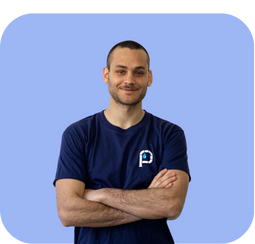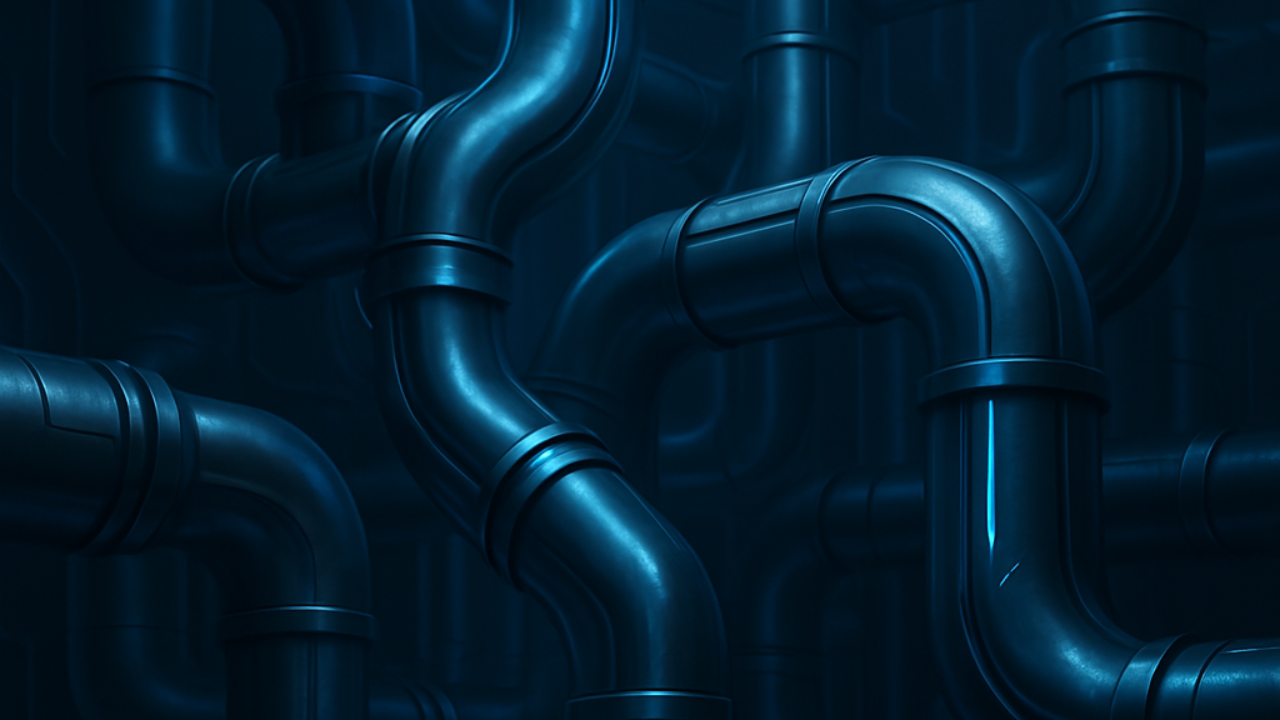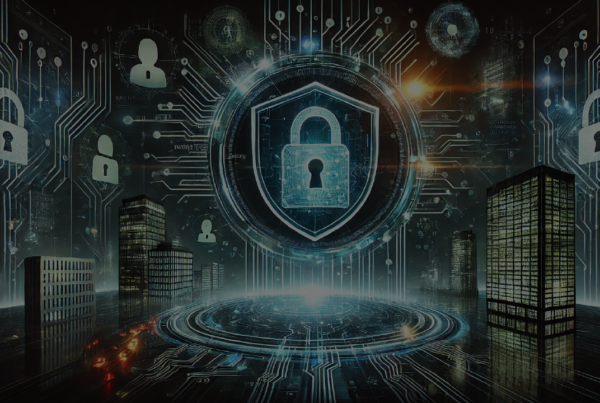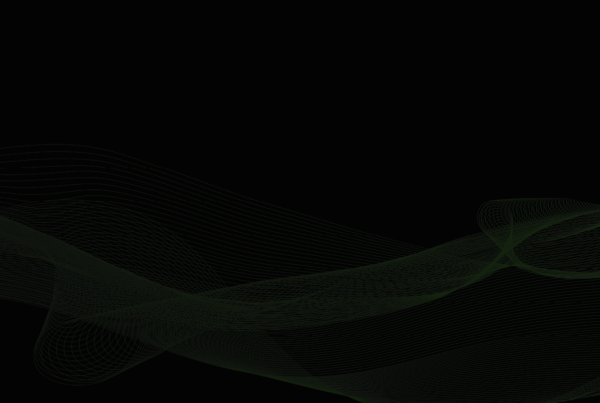

Alessandro Minori
Co-founder & CEO
In the September issue of spaceO, we interviewed Alessandro Minori, co-founder and CEO of Pipein, a Turin-based startup operating in the field of maintenance and monitoring of pipelines and piping systems, combining elements closely related to robotics with other components of the IT and software world. There is also a strong link between its research and development activities and environmental issues, particularly those related to water conservation and the reduction of drinking water waste. The link with the Piedmont region and with the Alpine region, especially in the field of hydroelectricity, is also very important in the company’s activities.
After a long period of research and study, the people at Pipein are about to launch their first commercial product, initially for the hydropower sector, which will pave the way for their growth in domestic markets.
Below is our interview with Alexander.
How was Pipein born and how has it evolved over the years?
First of all, the history of Pipein is still young, having been founded in November 2021, so we cannot yet speak of an evolutionary process of years. Our project was born to respond to the problem of water loss in the Italian network: in fact, about 40% of drinking water is wasted because of leaks that occur along the network of pipes that bring water to our homes: for every 100 litres that are put into the network, 40 of them are lost. It is precisely to try to eliminate this waste that we came up with the idea of developing a robotic probe that would be inserted into the pipelines to inspect them, accompanied by a software system that would allow the data collected to be analysed and predictive maintenance to be carried out.
The decision to devote ourselves to our project was also dictated by the deep crisis in water resources that has unfortunately characterised these last few years.
From November 2021 to the present day, Pipein has not only dedicated itself to the world of drinking water systems, but has also extended its scope of study and design to other areas, always with liquid transport piping at its core.Although we initially focused on adapting our product to the drinking water sector, we later moved into the hydropower sector. In fact, these plants use pipelines to transport water from dams to hydroelectric plants, and it is these pipelines that present the recurring maintenance problems.
Finally, by the end of 2023, we will launch our first commercial product, which will be specific to the hydropower sector and will pave the way for expansion to create other commercial products for other specific sectors.
How does the product you have developed work?
Our product has two cores. Firstly, there is a hardware part, a robot that has to be inserted into the pipelines and is equipped with a series of sensors that allow it to make an assessment of the corrosion of the pipeline while the fluid is inside. This robot can withstand a pressure of 75 bar, which is about the same as 750 metres below sea level.
Then there is a software platform under development, which is the brain of the project, that uses predictive algorithms to collect the information collected by the robot, combine it with other information held by the end customer that is tailored to their specific needs (e.g. pipeline geometric characteristics, operational characteristics…), and provide a timely assessment of the remaining useful life and risk of rupture for each pipeline segment analysed, focusing maintenance on the most critical sections.
What are your reasons for investing in this area and this project?
All of this stems from a recognition of the importance and strategic nature of these infrastructures, which play a fundamental role in the daily lives of people and businesses. Without them, we would not be able to enjoy some of the essential services of our society.
Is Pipein related to your undergraduate studies?
So, I met my two current start-up partners at a ten-day course organised by the SEI (School of Entrepreneurship & Innovation) for university students to teach them the basics of entrepreneurship. It was on this occasion that the idea of Pipein and the design of our course was born. However, the idea itself stems more from our personal interest in robotics than from our academic studies.
What is the connection between Pipein and the city of Turin?
Turin was the common denominator in our studies and training – in fact, all three partners are graduates of the Politecnico of Turin – but the company we have set up is also ideally located: Turin’s proximity to the Alps means that we can easily reach the sites of our customers’ hydroelectric plants, and being embedded in a highly developed production area such as Piedmont gives us access to a very large network of suppliers for the components of our products.
In addition, the Piedmont region itself has experienced long periods of drought and consequent water scarcity, particularly in recent years, and the need to reduce water wastage was particularly acute.
Compared to the beginning of your project, are there any management aspects that have met your expectations or others that have deviated?
It has been a very progressive journey: each stage has slowly brought new difficulties and new growing challenges, which have been addressed in the right order. I did not expect what has happened so far, but thanks to the growth path we have taken, we have the tools to best manage and deal with this growth. The only thing I was aware of from the beginning was that this was a challenging course with some stressful moments that you had to be aware of and manage in the best way possible. It also requires a willingness to work in a team – it is very important not to be alone, to be able to deal with different problems as a team and to be able to help each other.
What could be the achievable pinnacle of your product use in the future?
An important first realisation is the launch of a working product with the features we want.
In terms of our worldview, we want our products to improve the society in which we live.
Finally, even for the role I play, the entrepreneurial project works if it can be self-sustaining: so achieving complete autonomy and structural independence of our start-up would also be quite an achievement!
It can be said that complete realisation follows these three different paths, all of which we try to follow.
What are the goals for the future?
The next goal is to launch the first commercial product by the end of 2023. After that, it will be very important to focus on building a solid network of customers to develop and implement our business. In addition, fundraising will also play a crucial role in Pipein’s life and growth: by the end of 2024, we aim to close a new round of substantial investment that will allow us to implement our technologies and products.
What advice would you give to those who would like to approach Pipein both as a customer and as a collaborator?
If you would like to be one of our customers, if you have a hydroelectric plant or large diameter pipelines over half a metre, please do not hesitate to contact us as we are developing a solution for the maintenance and inspection of these types of structures.
I invite those who wish to join us as collaborators to focus on their attitude and personal qualities: when you become part of a small project like ours, each individual is extremely important, taking on roles of great responsibility and carrying significant weight within the work of our group.
Read the other articles in the September 2023 issue of spaceO:
- Apple: How Apple evolved in 10 steps
- AI: The power of AI
- Interview with our colleagues: Roberto Leone
- Food and Future: Augmented Appetite
- Metaverse: Metaverse does not exist…yet
- Security: Cybersecurity









